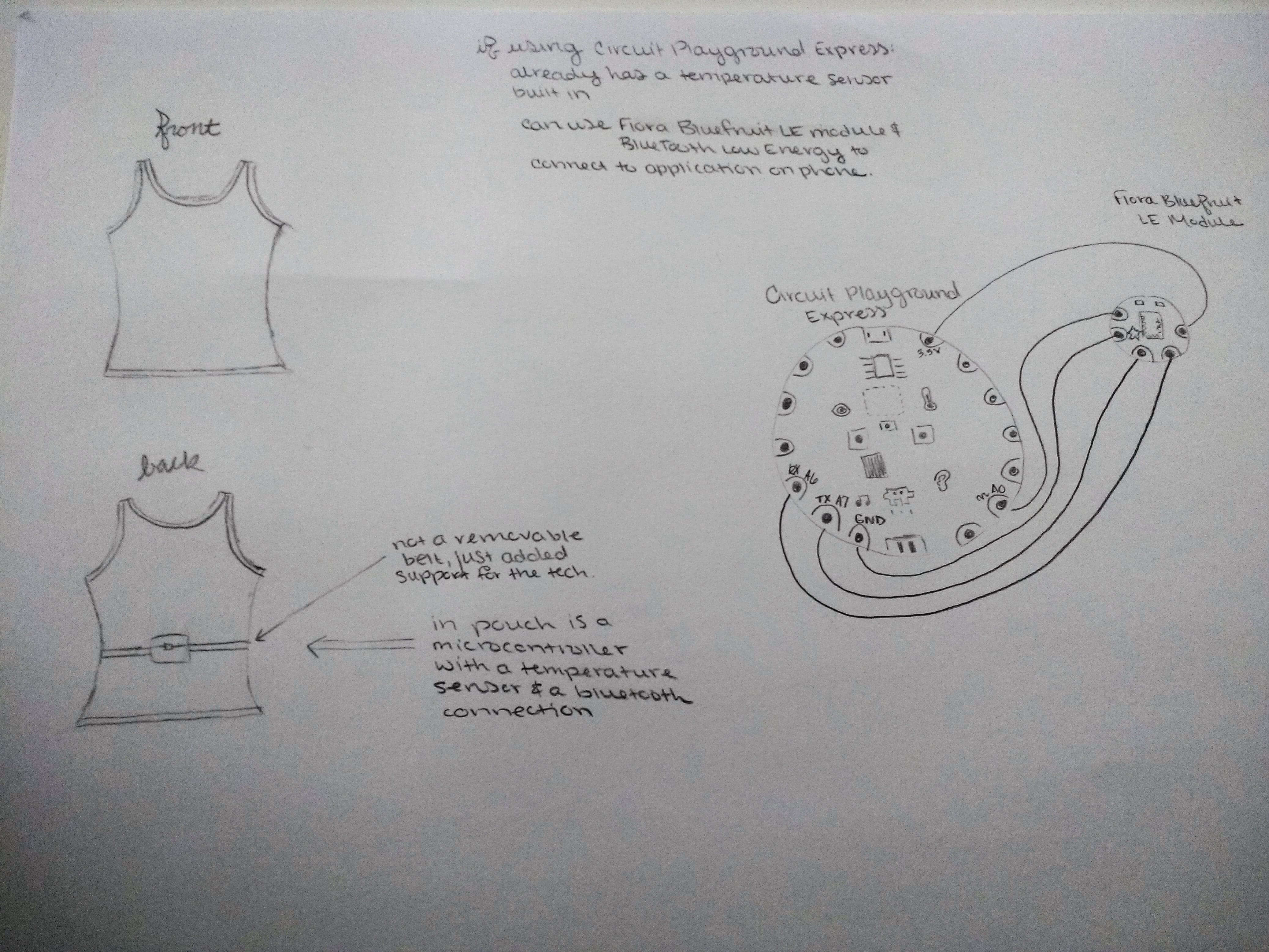Adversarial Temporary Tattoo
Fooling AI for the price of a sticker
John Compas
Abstract
Researchers have consistently demonstrated over the past three or four years that image and facial recognition techniques are highly susceptible to attack. Many are not designed to be robust in such a manner, making them vulnerable. I aim to create temporary tattoos or other articles of clothing that can disguise the wearer from facial or object recognition. Potentially, this tattoo could not only obscure the wearer but force the AI to classify them as a different person or object.
Technical Details
Researchers at Carnegie Mellon showed two years ago that it was possible to create psychedelic looking glasses that could massively impact how that person’s face was classified by AI [1]. Since then a number of different studies have had similar success attacking classifiers using a variety of techniques. An open source project dedicated to this idea, CVDazzle, has produced many “anti faces” to conceal the wearer. However, both Carnegie Mellon and CVDazzle’s techniques are relatively human obvious. I aim to create a temporary tattoo while looking “normal” has slight, human undetectable modifications that obfuscate the user’s face or body to image detection algorithms. This has been done by [2] although solely on a pixel-by-pixel basis and not in the real world.
 [3] Turning a banana into a toaster
[3] Turning a banana into a toaster
A team at Google found that a small patch, applied near an object, could disrupt image classifiers. Many of these techniques counted on access to the internal workings of the classification algorithm to work, however. In [4] a team from MIT showed that a “black box” approach to attack Google’s Cloud Vision. With an evolutionary algorithm, they were able to reduce the time taken to obfuscate an image by multiple orders of magnitude. Using a combination of the aforementioned techniques, I would aim to create patterns for temporary tattoos. Ultimately, the goal would be a tattoo that would be innocuous to humans, yet potent to a classification algorithm.


An example: what you see, what Google’s Cloud Vision or FaceID sees
Actually fabricating the tattoos would be trivial. Tattoo paper is cheap and widely available for use with color printers. Likely the most challenging aspect of the project would be to translate simulated pattern success into a real-world demonstration where the lighting and shadows are inconsistent.
Potentially, other objects and fabrics could be demonstrated, but their fabrication is more challenging.
Goals
The purpose of this project is more experimental. Attempts will be made to make these tattoos look normal, but the main purpose will be to successfully attack commercial face recognition technology.
Applications
The implications of this technology, if successful, are widespread. By simply concealing a wearer’s face, security technology at airports and face-ID technology in large cities like London or New York could be massively compromised for little investment.
If fooling a classifier into recognizing you as a different person is also possible, a whole host of new vulnerabilities are exposed. For example, if Apple’s face ID can be exploited, phones and iPads would instantly be vulnerable.
Confident Skills:
Programming (variety of languages)
Hardware Design, PCB Layout
3D Printing
Laser Cutting
Not Confident:
Sewing
Clothing Design
AI
References
[1] https://www.cs.cmu.edu/~sbhagava/papers/face-rec-ccs16.pdf
[2] https://arxiv.org/pdf/1804.04779.pdf
[3] https://arxiv.org/pdf/1712.09665.pdf
[4] https://arxiv.org/pdf/1712.07113.pdf







